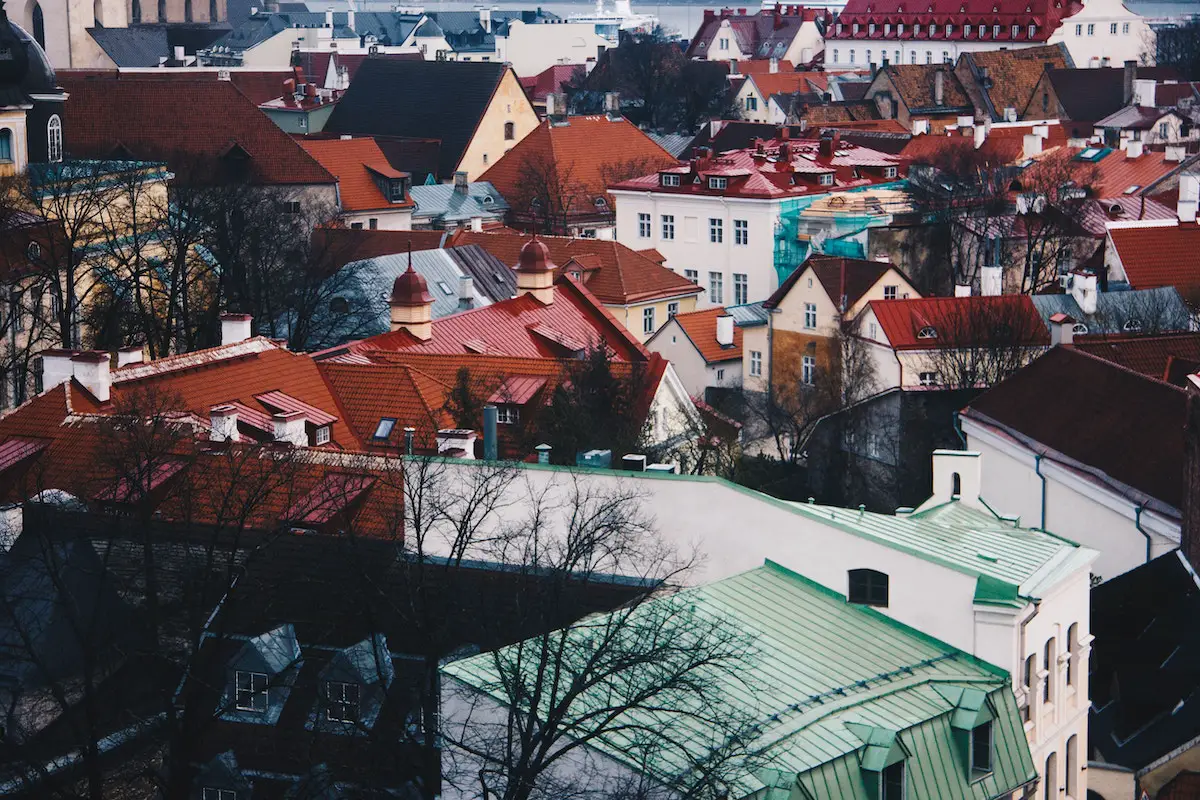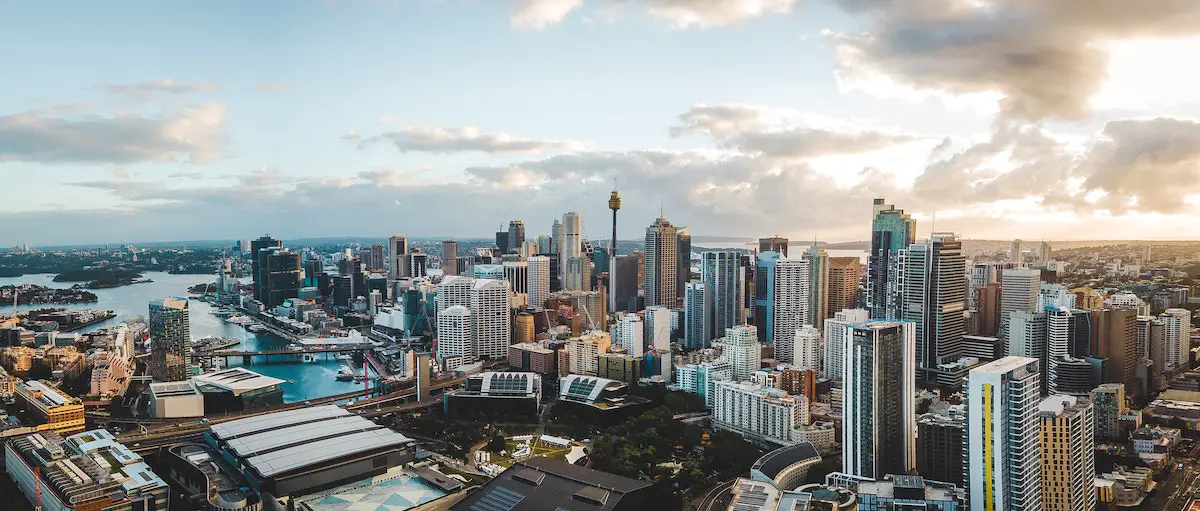If we want to begin to understand how children live in their environment, and what they do (and can do) we must (at least sometimes) stop giving them things and instead give them the opportunity to show us the spaces in which they move around. Often it is only when we reflect (as adults) on these commonplace activities that we can once again ‘drink of their rich experiential data’ (Yi-Fu Tuan). In this spirit, we take a walk to the local sento (public bathhouse) in our Tokyo neighborhood – following, listening, appreciating… and stifling reflexive ‘NO’s.
Here are seven ideas with images for understanding the city at child scale. These are taken from the pamphlet Rainy Day Treasures which you can download from HERE or view on Slideshare.
1: Floorscape
From fine sand through to palm sized rocks, the tactile rather than visual qualities of the street (the floorscape) is significant. Smooth streets without varied texture and grain may prevent scrapes and knocks and dirty clothes – may help get the kids to kindergarten on time – but hold little interest for tiny hands, feet, noses and eyes. At this level you can’t see the end of any path. This means they go on longer than they do for adults…. it lessens the sense of claustrophobia.
Task: Take note of the spectrum of grains in your neighborhood. Roll around, put your hands in mud, graze your knees.



2: Edges/Tracks
Curbs and edgings, berms and paths. Tracing, balancing, falling. Holding hands. Inconspicuous and functional edge elements provide opportunities for testing your abilities, physical closeness and trust, danger, and excitement.
Task: Never walk in the middle of the path or stand in the center of an open space. Balance somewhere precarious.

3: Camera’s Eye
Everything becomes more interesting when in control of a camera. Discovery, retention, magnification. Dirt and insects. Small bushes become forests, ‘weeds’ become beautiful flowers – “These flowers are part of children’s lives precisely because they are weeds, abundant and resilient plants that grow comfortingly and accessibly close to us.” (Colin Ward).
Task: Pass your camera to your children, and let them loose. If you don’t have children, give it to some random kid in the park for 10 minutes. Review together.

4: Water – Refreshment, Ballistics, Power
A water fountain and tap provide refreshment, lessons in ballistics, and a taste of raw power. Permissive, indeterminate design of water is important (Lawrence Halprin).
Task: Try out every tap you find, at full power.


5: Humble Events
Humble events build up a strong sentiment for place, but as adults we do not celebrate a routine (Yi-Fu Tuan). Stopping in the same place and needing to push the crossing button EVERY TIME tries the patience of a commute weary adult but is of utmost important to his more vital companion.
Task: When doing routine tasks and walking slow down to the point where everyone else is passing you.

6: Non-Human Neighbourhood Friends
Regular yet unschedulable and unpredictable meetings with neighbourhood pets take place. Anticipation and fun mixes with a certain mystery.
Task: Initiate contact with local animals over a sustained period of time. Savour their diverse personalities and habits.

7: Reflection
The city offers an incredible variety of learning labs, and even self-assigned homework. Bring home a sour plum for cutting, tearing, tasting and decoration. Rocks in a spectrum of size, sheen and heft lend themselves to stacking, comparison and composition.
Task: Take rubbish, sticks and rocks home with you. Display prominently.


End
I don’t want a ‘City for Children’ (see Ward), I want to live in a place that we can use on both shared and social, as well as solitary and personal terms. Rather than designing things and places for play we might begin to accept the diverse ways that children interpret their world – “The process of discovering and developing playful use of public spaces is a dynamic one, and for this reason public space design should seek to also be incremental and open ended, flexible and reworkable.” (Stevens)
DOWNLOAD
Please download the whole pamphlet (58 page PDF, 15MB) from HERE or view on Slideshare. Let us know what you think by email (chris@a-small-lab.com), or on twitter @a_small_lab.
Recommended Reading
The Child in the City (Ward)
The Ludic City: Exploring the Potential of Public Spaces (Stevens)
Planning for Play (Lady Allen Hurtwood)
Species of Spaces and Other Pieces (Perec)
Space and Place: The Perspective of Experience (Tuan)


